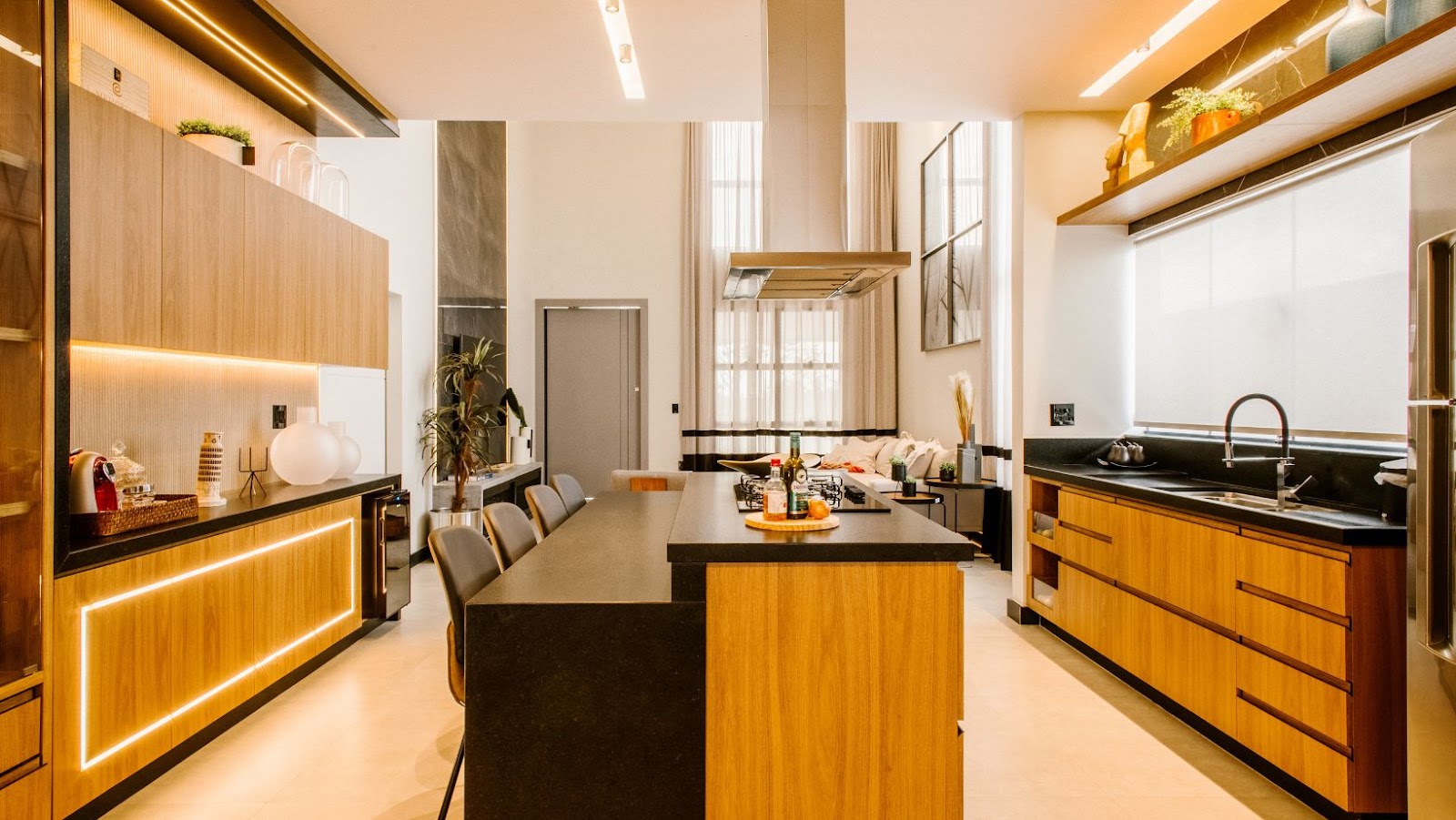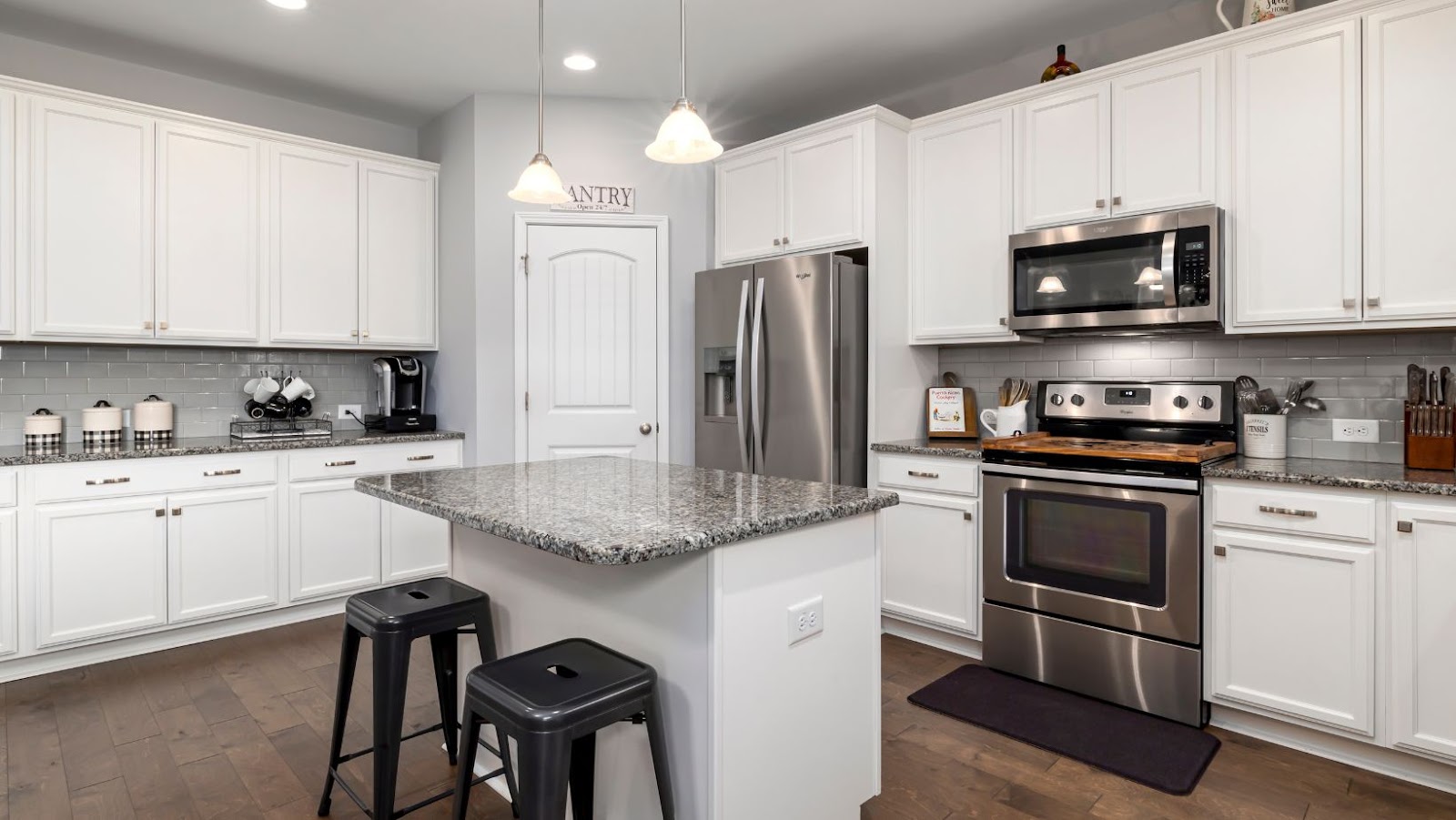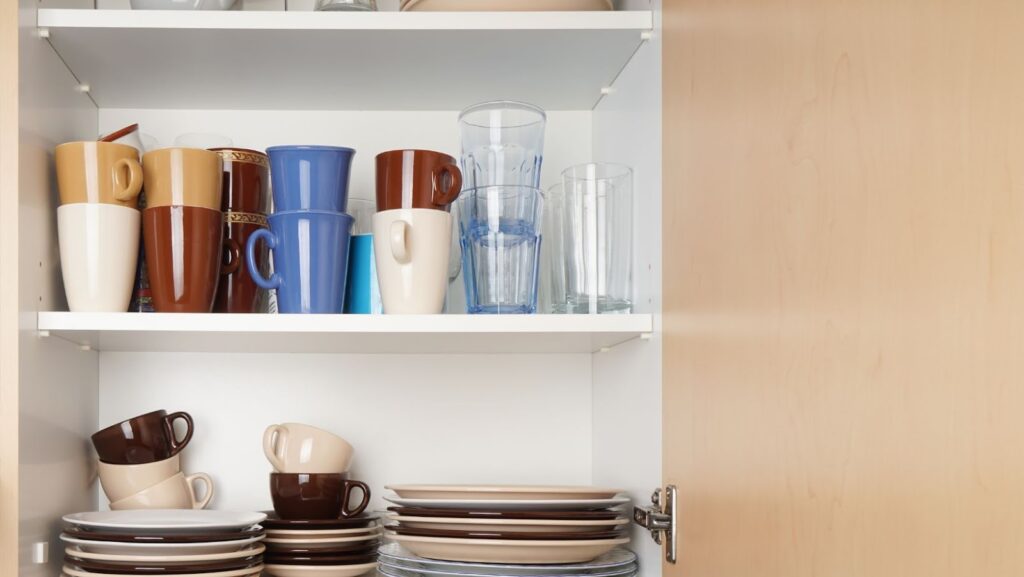A cupboard is a piece of furniture with shelves, drawers, and doors used for storage. It has been around since ancient times, with pieces used in the days of the early Egyptians, Greeks, and Romans. While cupboards have been around for centuries, their design and purpose have changed over time.
In this article, we’ll explore the history of the cupboard, from the days of antiquity to its modern usage:
What is a cup board
The term “cupboard” has been used since the medieval period and is derived from an Anglo-Saxon word meaning “a board pot.” Today, cupboards can refer to several types of furniture for storing clothing, linens, dishes and food items in a neat and organized manner.
Throughout history, cupboards have varied in style and purpose depending on the culture. In early Europe, cupboards were often used as wall cabinets with doors that could be opened to reveal shelves filled with ingredients and meals. Additionally during this period in Europe most homes would contain a bread cupboard or larder which was designed specifically to hold breads and other baked goods.
In later centuries, cupboards began to take on more ornamental designs such as those decorated with carvings or featuring elaborate details like figurines or carvings. By the 19th century some cupboard designs also incorporated pantries designed to store staples like flour and sugar while others had separate compartments for different food items like breads and meats.
Today, cupboards come in all shapes sizes styles ranging from modern contemporary designs to more traditional archival pieces offering homeowners plenty of storage options for clothing, linens, dishes or food items. Cupboards often provide both aesthetic appeal stylistic value for any room of the home whether it’s a kitchen, dining room, bathroom, entryway, living room, den or bedroom!
Early History
The cupboard is a piece of furniture that has a long and varied history. It has its roots in the Ancient Egyptian storage boxes and has evolved over thousands of years. The earliest use of cupboards were as storage units, and they have come to be used for a variety of purposes since then.
This section will take a look at the early history of the cupboard and its evolution throughout the ages.
Ancient Cupboards
The use of cupboards for storage is thought to have originated in far-reaching times of ancient history, with the belief that the Egyptians were some of the first peoples to introduce them. Creation stories suggest cupboards known as ‘meusseub’ served as fruit and vegetable pantries in wealthy households.
Through further advancements, variations of these cabinets would eventually become even more elaborate; many homes boasting ornately carved or gilded cupboards with intricate panelled designs and woodwork to store finer china, glassware and other items that require protection, especially during the 1700s.
In certain parts of the world it was common practice to construct a small kitchen within a main living area, giving birth to the original recessed cupboard which saw introduction throughout northern Europe centuries ago. As bespoke cabinetry innovations took shape during this period; various features such as doors and hidden compartments were deemed essential for accessible storage within cramped apartments or highly decorated home spaces.
Cupboards in the Middle Ages
Cupboards in the Middle Ages were typically constructed with carved wood and decorated with metal or natural materials, including precious stones and antlers. They were quite large, often reaching eight feet tall and four feet wide. These cupboards served mainly as storage for tableware and rarely saw direct food storage given widespread contamination issues at the time.
In the later part of medieval times, cupboards became more popularized among wealthy families as a way to project their status, especially when dining in front of guests.
In households that could afford it, particularly those belonging to royalty, elaborate wall cabinets known as buffetts evolved from cupboards in order to offer servants easier access to household items. Buffetts were typically placed between the dining room and kitchen for convenience and came equipped with three or four shelves for storing items like dishes or wine goblets. Large buffetts could also be found standing floor-to-ceiling in some castle kitchens hosting multiple shelves across an impressive eight foot span.
Cupboards in the Modern Era
Cupboards have been around for centuries, but they have evolved significantly over the years. Today, they are used to store clothes and other household items, but their purpose has also changed from purely practical to also serving an aesthetic purpose.
This article will explore the history and modern-day uses of cupboards, as well as their usefulness in home decor.
Cupboards in the 19th Century
In the 19th century, cupboards also began to take different shapes and sizes. In response to the trend for smaller rooms in homes (as cities became more densely populated, people had less space), cupboards became flatter and more shallow. This enabled homeowners to fit them into tight spaces. Cupboards were typically made of wood veneers or even solid wood, depending on the homeowner’s budget.
Another big trend in 19th century cupboard design was ornamentation. Carvings and other decorative touches were popular on cupboard doors, creating a luxurious effect that was especially prized in upper-class homes. Alternatively, some designs eschewed decoration completely in favor of a minimalist look. By the end of the 19th century, machine-carved designs began to replace hand-carved ones as technology advanced further.
The 19th century also saw the advent of glass cupboards and cabinets with glass doors, allowing homeowners to display their prized possessions without having to worry about dust collecting on them or them becoming damaged over time due to exposure to light or moisture. Display cabinets with mirrors on the inside were popular too, as they made any room seem larger than it actually was. Overall, these advances allowed cupboards to become more functional while still being aesthetically pleasing pieces of furniture for decades to come!

Cupboards in the 20th Century
The 20th century saw cupboards becoming increasingly integrated into our daily lives, as technology and materials improved. As far back as the 16th century, cupboards were primarily used for storing food and dishes. In the 19th century, cupboards became more ornately designed, often designed a la mode with intricate carvings to create a luxurious appearance in homes.
In the 20th century, the introduction of modern materials such as plywood and pressed steel meant that cupboards could now be made more effectively and cheaply than ever before. Furthermore, technology also allowed for cupboards to be mass produced quickly and effectively in large factories all around the world. This revolutionised how people furnish their homes.
Furthermore, new styles of cupboard have been developed over time in response to changing needs, tastes and trends. The industrial style kitchen units we know today profited from newer materials such as stainless steel which could better resist wear-and-tear over time. In addition curved features began making appearances in contemporary designs after World War Two when circular styles became popular across much of Europe and America again bearing testimony to wider socio-cultural developments of the time.
Cupboard design has continued to evolve since then with sleek minimalist finishes starting to become popular across many household products including cabinet design because it looks clean yet stylish. Cupboards are now seen not just for their practicality but also for their aesthetics – home decorators often use them as a feature piece in bedrooms or drawing rooms plus they come in all sizes from built-ins under stairs to wardrobe units at children’s’ bedrooms or free standing versions in kitchens. Ultimately what typifies cupboard design from earlier eras is flexibility; allowing customers to co-create their very own bespoke piece exactly suited to their needs as desired.
Cupboard Designs
The cupboard has been a staple of interior design for centuries, with designs evolving over time. Its history dates back to early civilization, where wooden cupboards were used to store food and other items. As time has passed, cupboard designs have become more varied and sophisticated, taking on various shapes and sizes.
These days, cupboards come in a range of styles and finishes, from traditional wood designs to contemporary glass and metal models. In this article, we will take a look at the evolution of cupboard designs and how they have changed throughout history.
Traditional Cupboard Designs
The cupboard, also known as a pantry, has been used for centuries to store food. Historically, cupboards have been crafted with wood, with some of the earliest being made from poplar. While traditional cupboards are often thought of as bulky and ornate pieces of furniture, they have come a long way since their 19th-century forebears. Today’s cupboards are sleek and modern, while still retaining the classic charm that makes them so desirable.
Although the designs vary greatly between regions and cultures, there are some commonly seen features in traditional cupboards all over the world. These include:
- concealed drawers within tambours (rollers)
- glass display boxes on either end to show off precious items like tea sets
- hooks for hanging kitchen utensils or items for display
- interior space for storing candles or bottles of oil or vinegar among other kitchen necessities
- shelves perfect for stashing spices or jams and jellies
- some designs even feature secret compartments to hide valuables from sight!
Today’s traditional styled cupboards strive to replicate these beloved elements in modern materials like stainless steel and glass; offering homeowners the opportunity to add a classic touch to their current home design without compromising on style or practicality. Whether it be an antique piece that has been passed down through generations or a recently purchased one made specifically with your household’s needs in mind – a traditional design is always sure to be cherished by your family and friends alike!

Modern Cupboard Designs
In the modern world, cupboards have evolved to fit into a variety of aesthetics and blend with the furnishings of any home. These designs use natural materials such as wood and metals in a variety of forms such as cabinets, dressers and shelves.
Modern cupboard designs can include:
- Wooden cabinet cupboards that can come in subtle shades for an understated look or bold shapes to stand out.
- Glass fronted display cabinets which allow you to showcase items behind the safety of tempered glass.
- Open shelf units which are perfect for displaying books, plants or other items that require direct access while also providing additional storage space.
- Metallic styles that offer a hint of industrial style with industrial elements such as rivets, handles, and hardware.
- Storage baskets which allow you to store objects off the ground while being easily accessible when needed.
With so many options available, there’s no reason why every room in your home cannot benefit from stylish storage solutions like beautiful cupboard designs. No matter what type of look you’re hoping to achieve in your home, there is likely a design that suits your style and needs best!
Conclusion
The cupboard has been a part of many cultures and eras throughout history. It has served various practical and decorative purposes throughout the ages, and continues to be a useful and stylish addition to many homes today.
This article has explored the different types of cupboards, their history, and the various uses they have had over the centuries. By looking at the versatile and long-lasting nature of the cupboard, we can understand why it is still a popular and recognizable fixture in homes today.
Summary of the History of the Cupboard
The cupboard, or armoire, is a form of storage furniture that has been used since the Early Middle Ages. The cupboard developed in Europe out of necessity as people needed a way to store items such as food and clean clothes.
Over time, the cupboard evolved from a simple wooden box held together with nails and straps to become a large, decorative piece made from solid wood. Its use was no longer restricted to food; it was used to hold clothing and other possessions. Cabinets such as those made of leather or metal, became popular during the seventeenth century and were even used in churches as sacred reliquaries. During the eighteenth century, they began to be built with fancy construction techniques such as marquetry, veneers, inlay and carving. This type of construction eventually evolved into today’s modern cupboards which include built-in elements like drawers and shelves.
The cupboard has gone through many changes over its long history but continues to be an essential part of furniture design today. Whether you are looking for an antique reproduction piece or something more contemporary, you can find exactly what you need in a wide range of sizes and styles.


More Stories
Essential Tips for Purchasing the Perfect Sofa
Essential Tips for Hiring the Right Construction Company
Common Plumbing Issues and Practical Pro Tips on Solving Them